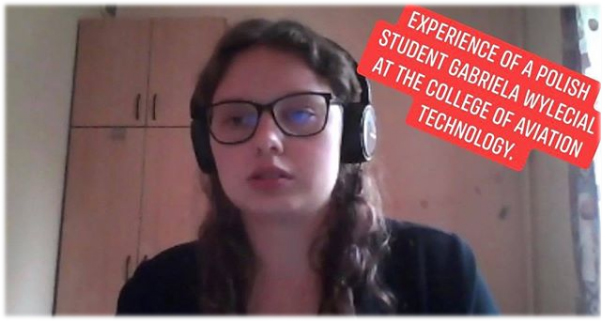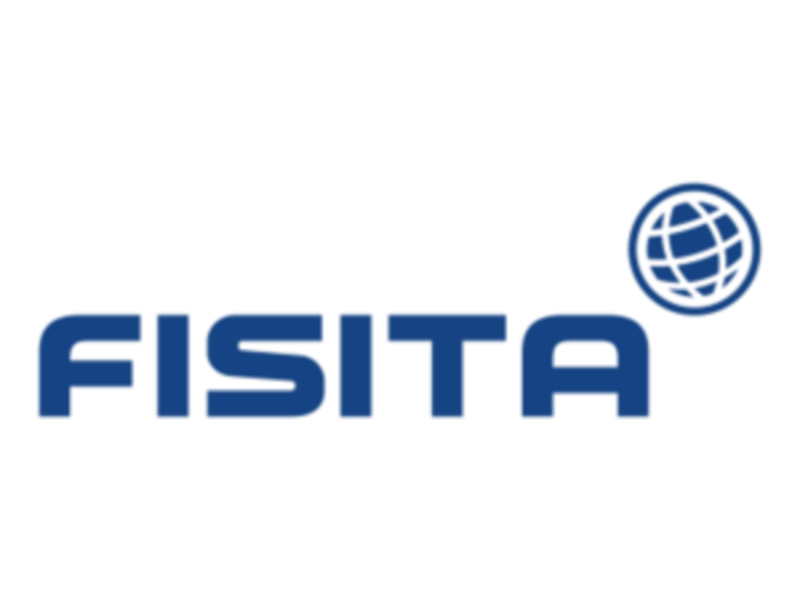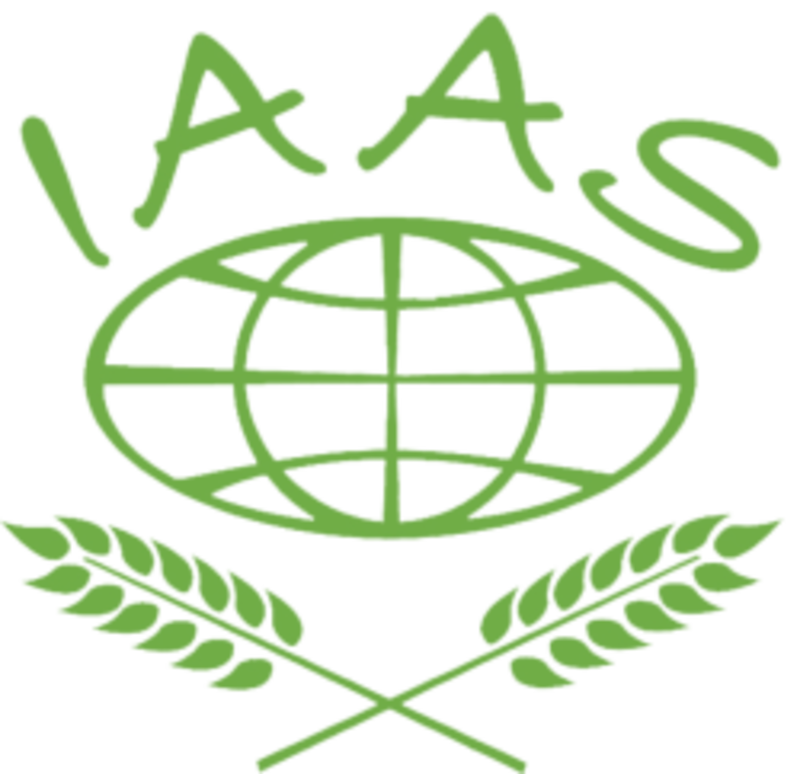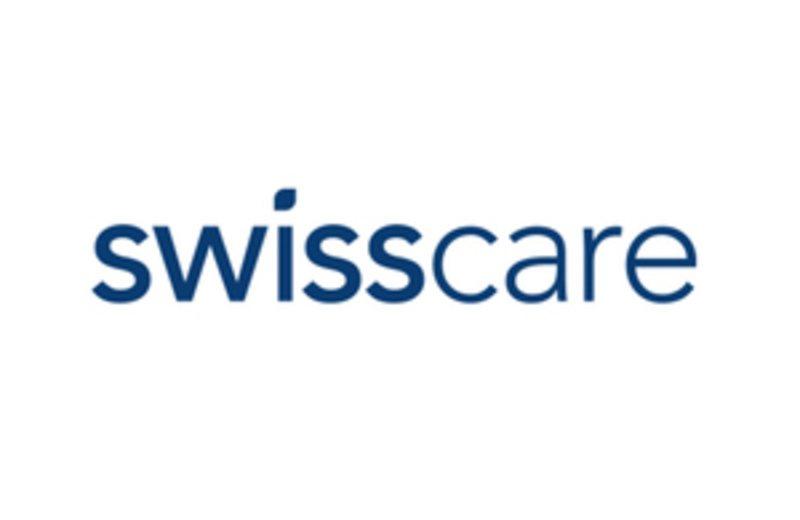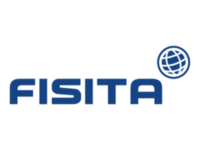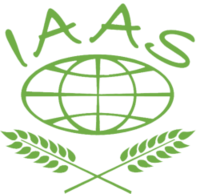Work
Urban air taxi operations, also known as urban air mobility or on-demand mobility applications, are enabled by vertical take-off and landing (VTOL) capability, power and energy requirements are minimized by using low disk- loading rotors, and short-range requirements permit consideration of non-traditional propulsion concepts. The community of innovation has recognized that technology advances in structures, automation and control, energy generation-storage-utilization, and tools for design and analysis, coupled with pressures of resource availability and population density, make this the right time to explore new ways to move people and goods (ref. 1). The objective of the present work is to identify concept vehicles that can be used to focus and guide NASA research activities in support of aircraft development for emerging aviation markets, in particular VTOL air taxi operations.

Experience
To meet this objective, the designs are carried far enough to identify crucial technologies and research requirements, to explore a range of aircraft types, propulsion system types, and size, and to examine sensitivities to trades of requirements.
Discover
The air taxi design community is considering a wide range of aircraft attributes: a) number of passengers (including pilot): 1, 2, 4, 6,15, 30; b) un-refuelled range: 50, 100, 200, 400, 800 nm (here as multiples of 50 nm segments); c) market: air taxis, commuter scheduled, mass transit, airline; d) aircraft type: multicopter, side-by-side, tilt-wing, tiltrotor, lift+cruise, vectored thrust, compound, helicopter; e) propulsion system: turboshaft, turboelectric, electric, parallel hybrid, fuel cell, diesel.

